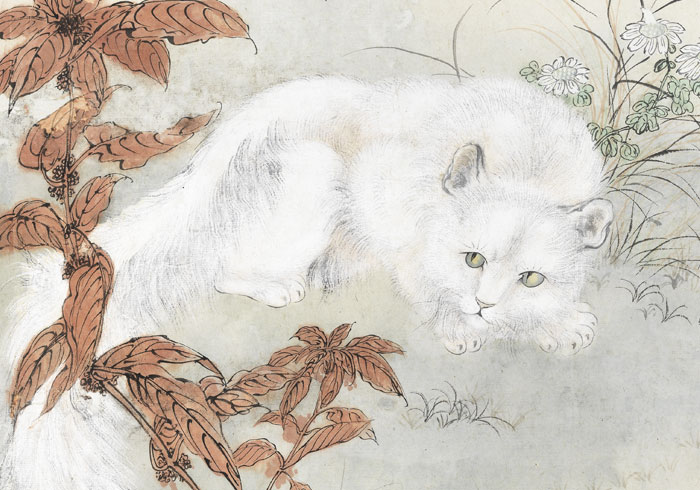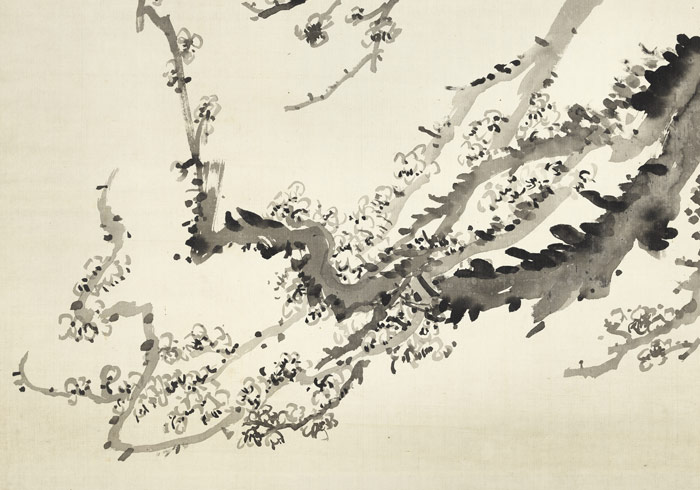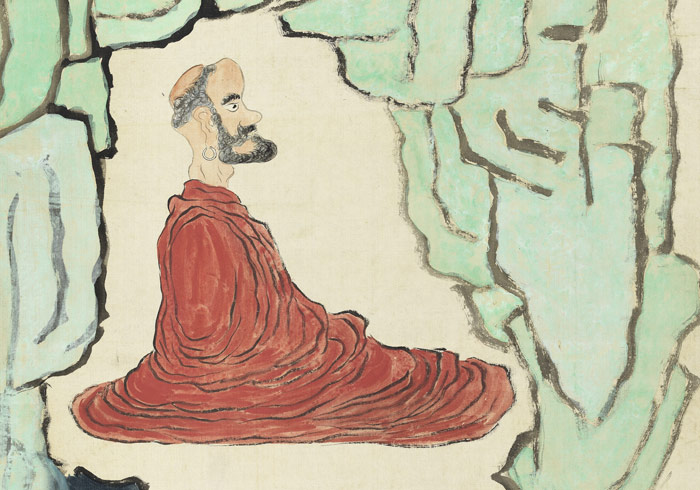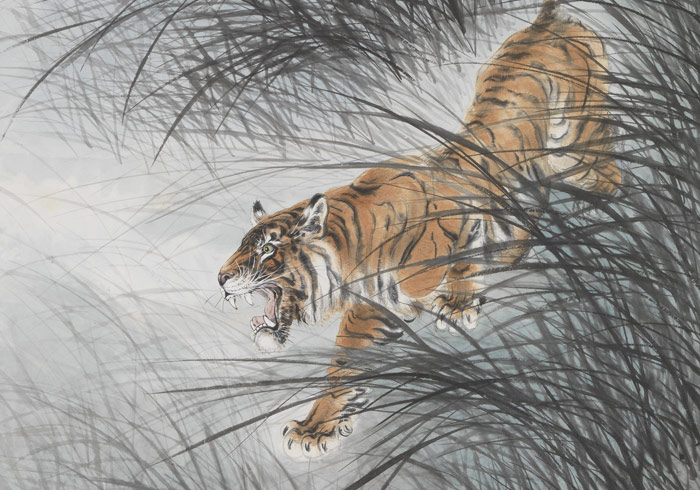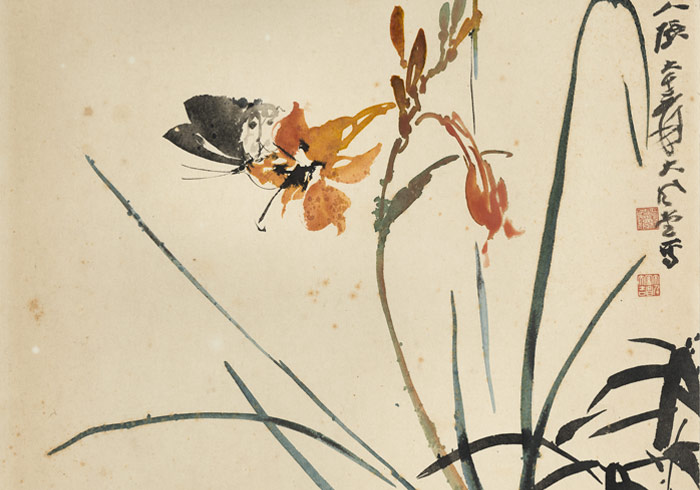Chang Dai-chien's interest and training in the arts began early when he learned painting and calligraphy as a child from his mother Zeng Youzhen and from his second eldest brother, Chang Shan-tzu. Later, he would take two famous artists in Shanghai as teachers, Zeng Xi and Li Ruiqing, further solidifying his foundation in the traditional scholar arts of painting, calligraphy, and poetry. Led by Chang Shan-tzu, he entered the Shanghai art world and quickly became a center of attention. Universally recognized as a rising star, Chang Dai-chien started on his illustrious career as an artist. He made the acquaintance of many masters of painting and calligraphy, interacting and exchanging ideas with them. As Chang's creative genius and vision expanded, he soon attained a lofty reputation in the arts. Family members and mentors over the years, as well as close friends who offered unfailing support and mutual encouragement, combined into sources who played an essential role in the milestones that Chang Dai-chien reached. The works in this part of the exhibit are a small but concrete example of the influence from friends, teachers, and family on Chang Dai-chien as well as the gratitude he showed to them. They include such artworks as Zeng Youzhen's "Cat and Butterfly," Chang Shan-tzu's "Large Tiger by a Grassy Marsh," Zeng Xi's "Prosperity and Longevity with No End," Li Ruiqing's "Amitayus," and Chang Dai-chien's "Day Lilies" and letters written by him.
Cat and Butterfly
- Zeng Youzhen (1861-1936), Republican period
- Hanging scroll, ink and colors on paper, 70.6 x 37.2 cm
Prosperity and Longevity With No End
- Zeng Xi (1861-1930), Republican period
- Hanging scroll, ink on silk, 110.4 x 80.4 cm
This painting, along with Chang's Abode of Maya studio-residence, were later donated to the National Palace Museum.
Amitayus
- Li Ruiqing (1867-1920), Republican period
- Hanging scroll, ink and colors on silk, 105 x 53 cm
This work is from the former collection Chang Dai-chien's Abode of Maya residence near the National Palace Museum.
Large Tiger by a Grassy Marsh
- Chang Shan-tzu (1882-1940), Republican period
- Hanging scroll, ink and colors on paper, 137.4 x 68.6 cm
Day Lilies
- Chang Dai-chien (1899-1983), Republican period
- Framed, ink and colors on paper, 60 x 45 cm
This painting is from the collection of the National Museum of History.

